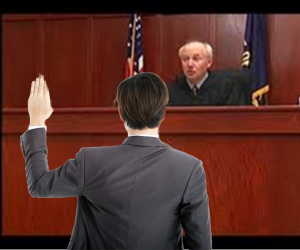Back-formations
 What is a back-formation, you ask? In etymology, back-formation is “the process of creating a new lexeme, usually by removing actual or supposed affixes and resulting in a neologism.”
What is a back-formation, you ask? In etymology, back-formation is “the process of creating a new lexeme, usually by removing actual or supposed affixes and resulting in a neologism.”
Now that we’ve cleared that up, let’s talk about where they come from and how to use them.
First you take a perfectly good noun – like burglar. Since it ends in –ar, it sounds like someone who performs an action. But burglar was not formed from an existing verb, although it suggests “to burgle.” It’s a silly word, but that verb, created from a noun, is an example of a back-formation. Burgle is one of the oldest common back-formations, dating back to the late 1800s.
Comedians often use back-formations because they sound funny, although many of them have become standard and accepted usage in dictionaries and other references. But you can’t just take any word and twist it into another part of speech. If a burglar is one who burgles, is a scholar one who schols? Do butlers buttle? Sometimes it just doesn’t work.
A few awkward and irritating back-formations have found their way into business communication. They always feel like speed bumps in the conversation. The speaker is going along, doing just fine, and then—wait—what?
Here are some back-formations and words you might say instead:
surveil (comes from surveillance)—Say observe or monitor.
liaise (comes from liaison)—Say contact or connect.
conversate (comes from conversation)—yuck! Say talk or converse.
enthuse (comes from enthusiasm)—Say excite.
These bumbling, awkward words always make me think of a public official in court, being accused of malfeasance in office. I can hear him saying, “Your Honor, I swear that I have not malfeased, I am not currently malfeasing, and I shall not malfease in the future.”
Clunk (”Law and Order” gavel sound)
Guilty!
Of back-formation.
Like TextCPR on Facebook!



